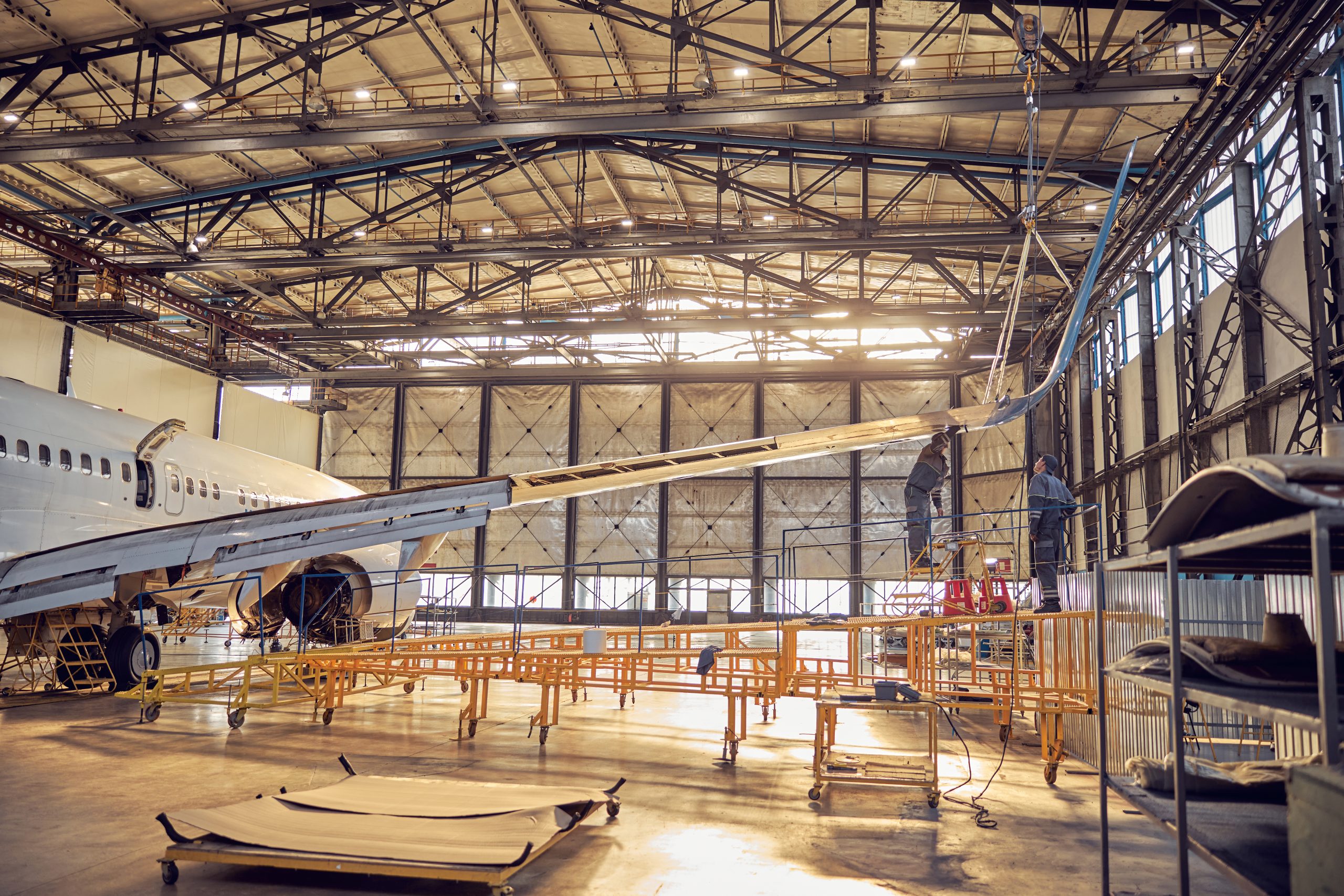The aviation industry is facing a number of challenges. Among them are concerns about safety, environmental impacts and the future of flight. Fortunately, advancements in technology have helped to resolve these issues. Today, airlines are using technology to improve aircraft performance and increase operational efficiencies. This will help them to create better schedules, reduce waste, and boost their profit margins.
For example, advanced fuels, alternative jet fuels, and robotics have the potential to drastically change the way we fly. In fact, the United States Department of Transportation is already awarding more than $100 million to companies to explore new ways to reduce emissions. These technologies have the potential to help the aviation industry decrease its carbon footprint.
Aviation technology continues to improve as we move into a digital future. For example, artificial intelligence (AI) is rapidly changing the way we do things in the airplane. With the use of machine learning algorithms, these systems can automatically analyze and process vast amounts of data. It’s also been used to gather flight information, which can be a vital component in optimizing routes. Moreover, these systems can help to optimize cruise speed and improve safety.
Other innovations in the industry include advances in the design and manufacture of aircraft. Computer-aided design has dramatically decreased the cost of manufacturing an airplane. Airliners today are equipped with dozens of computer screens. Similarly, a new generation of touchscreens will replace many of the conventional instruments onboard. Moreover, modern displays are integrated with terrain, traffic, and weather to simplify navigation.
Many aircraft now feature head-up displays, which allow pilots to focus on the cockpit. They also help to reduce operational disruptions. As such, pilots and passengers will enjoy a more comfortable environment.
In addition, many airplanes now feature a centralized control system. For example, the latest airliners are equipped with an integrated modular avionics concept, which offers an all-in-one architecture for an airplane’s various systems. Another concept is the Semi-Automated Business Environment, which has been installed on American Airlines’ aircraft.
Another technological innovation is the use of composite materials. These are stronger and more resistant to corrosion than aluminum. Aeronautical engineers are now designing aircraft that are made entirely out of these materials.
Aviation technology also includes the development of unmanned aircraft systems. These aircraft can provide additional safety to a flight, while reducing the risk of collisions.
These innovations can also help to reduce the noise and vibration of an aircraft. Currently, many commercial airlines are testing technologies to help their aircraft operate more quietly. During these tests, Boeing will support algorithms that will help them to fly more quiet routes. Likewise, Honeywell Aerospace will develop improved engine components.
Other innovative solutions in the industry include the use of advanced thermal management systems and an advanced engine propulsion system. Besides, aircraft are becoming lighter and more efficient. This can be attributed to computer-aided manufacturing and the internet of things.
While these advancements are helping to create a more convenient experience for the airline industry, there are still challenges that the industry faces. For example, it’s difficult to predict when aircraft will be fully automated. To address these challenges, the aviation industry will need to upskill its workforce.

